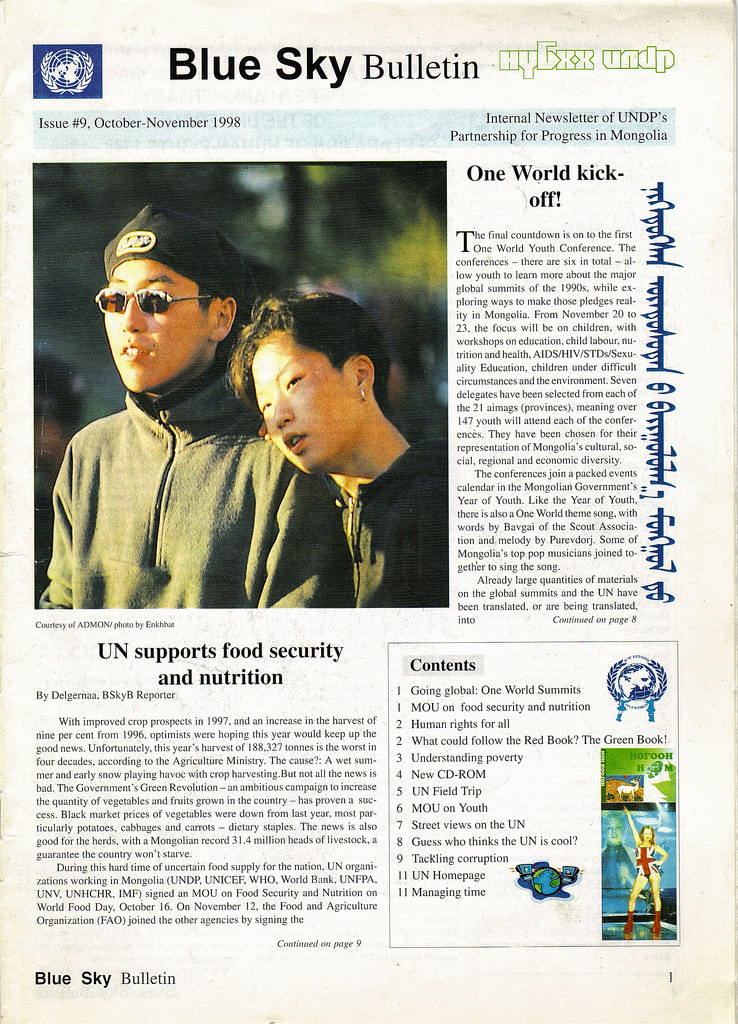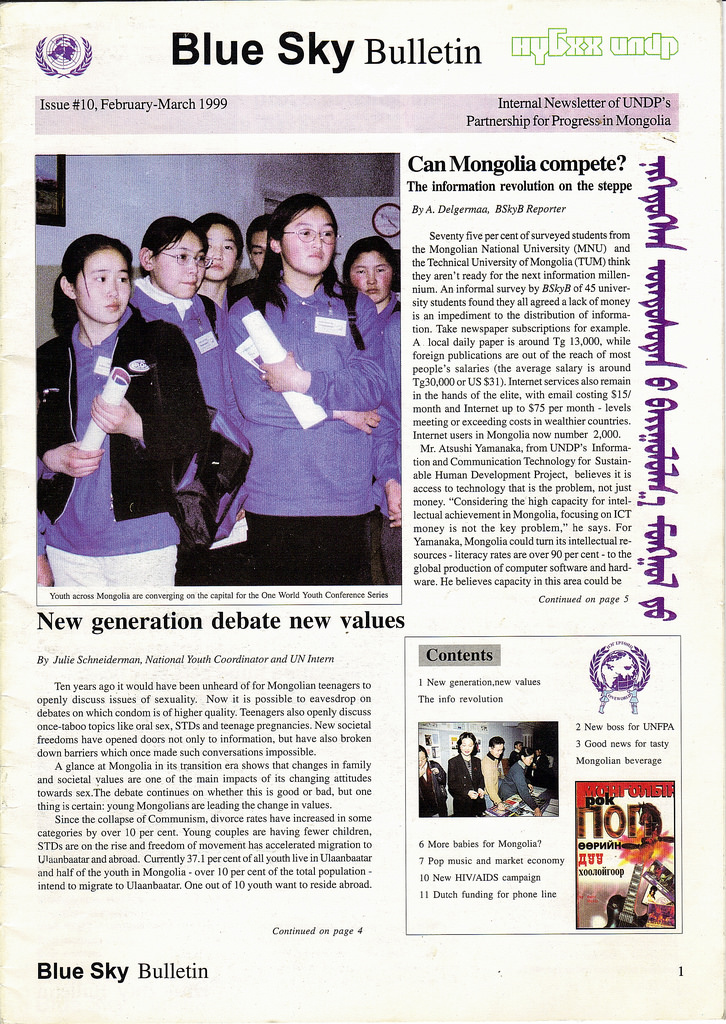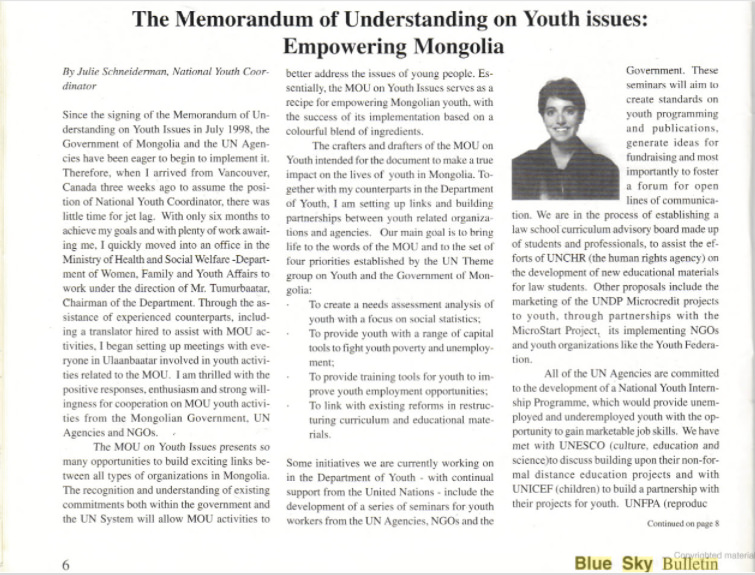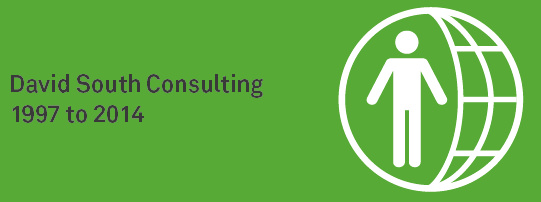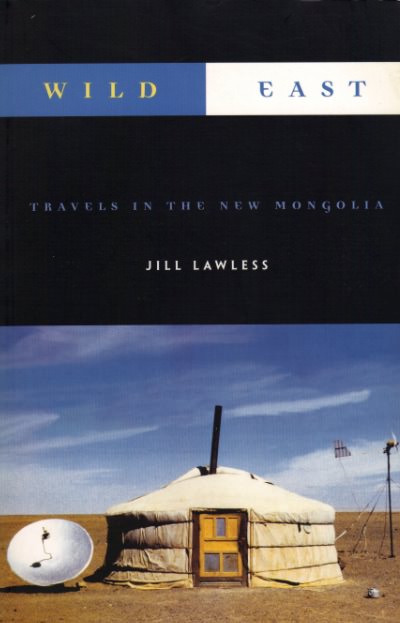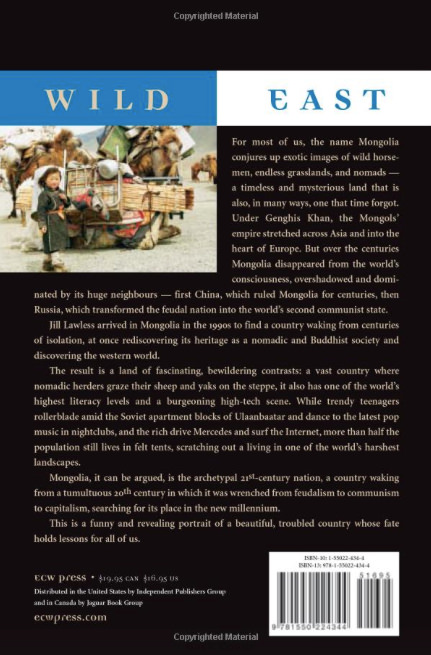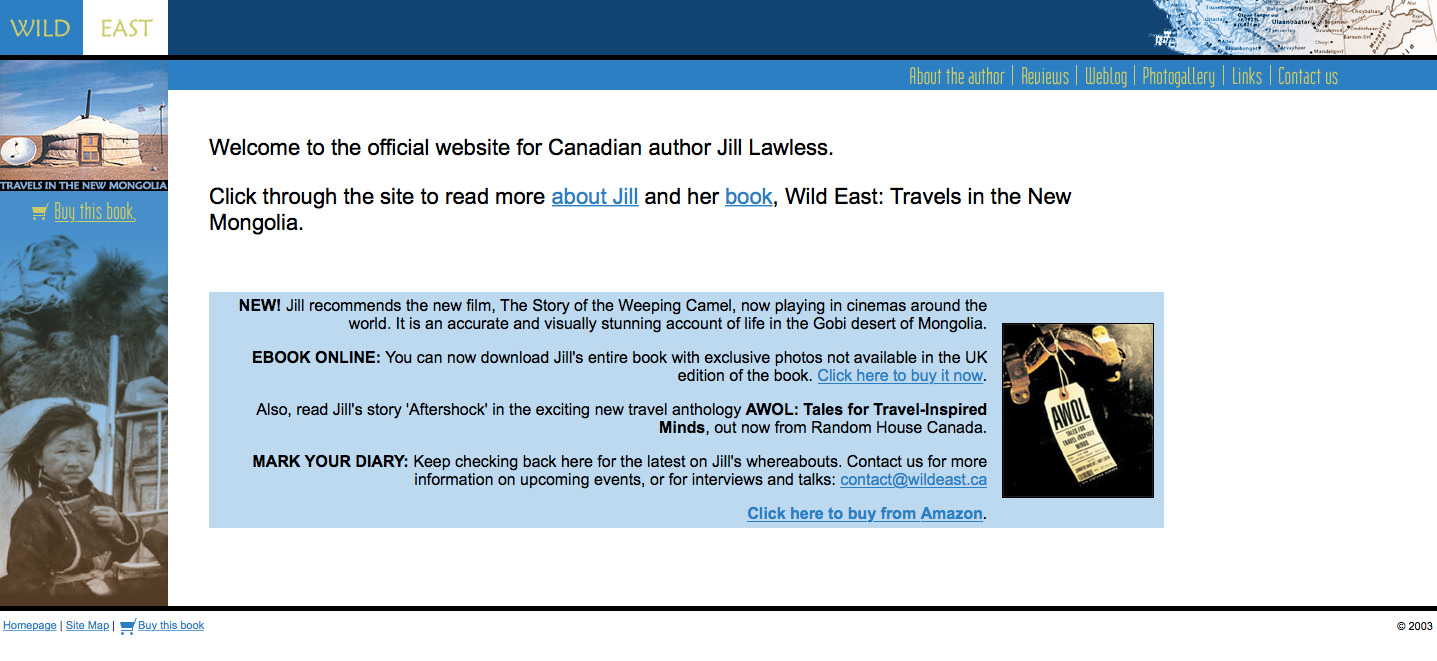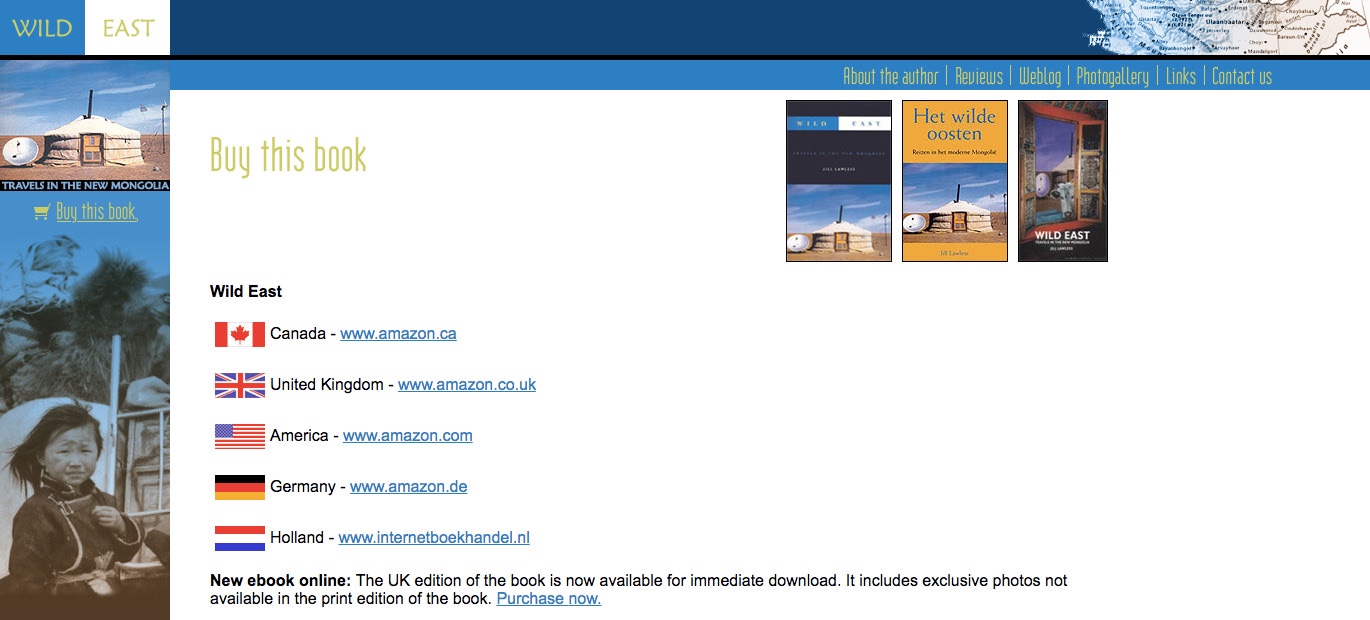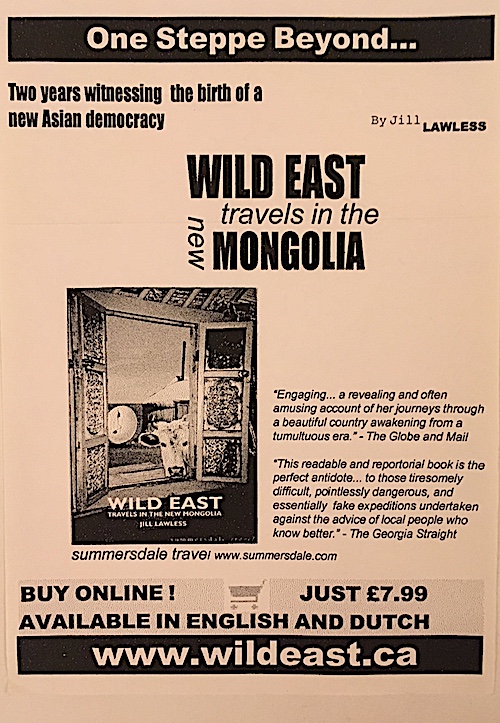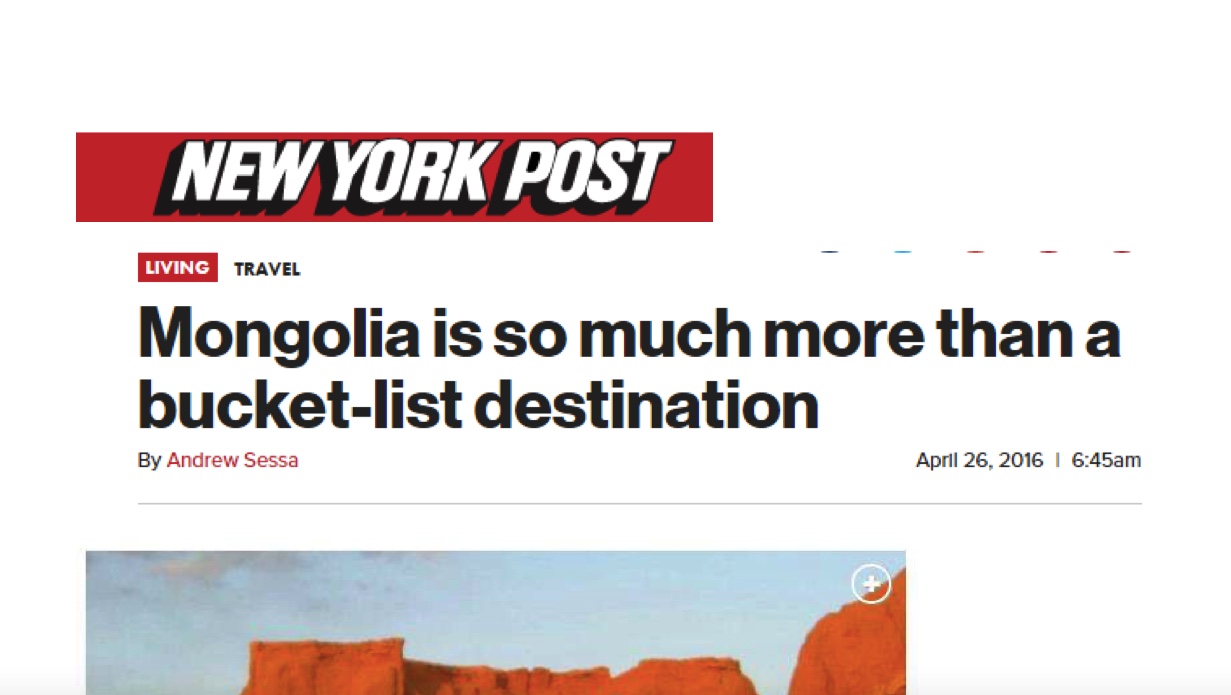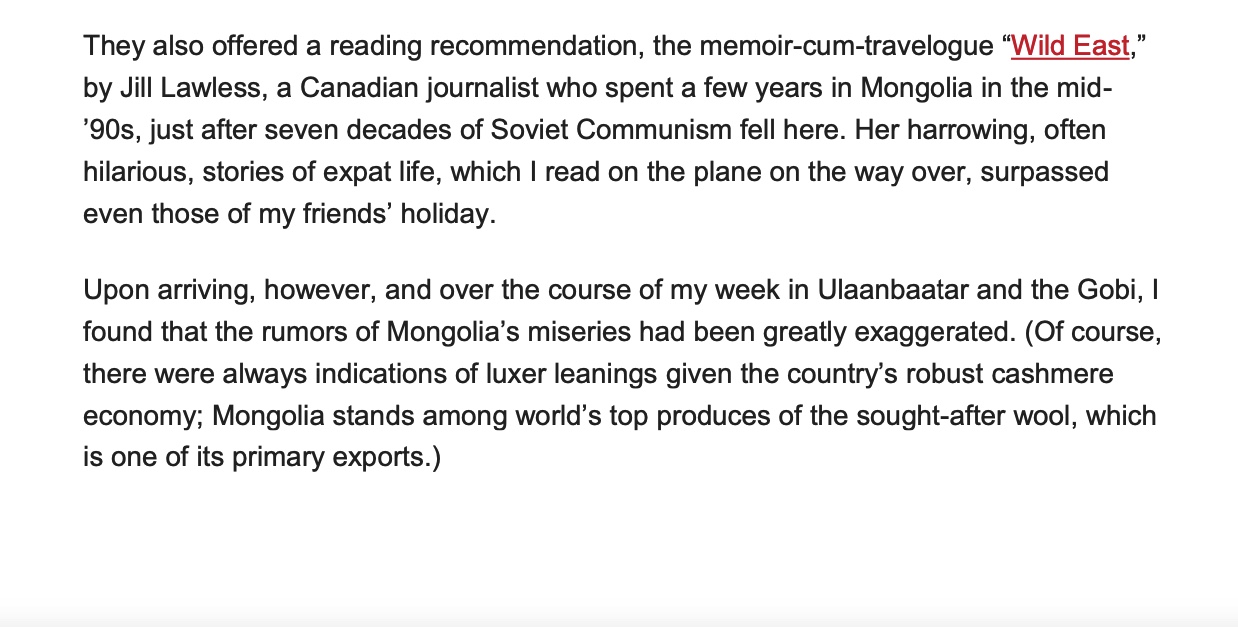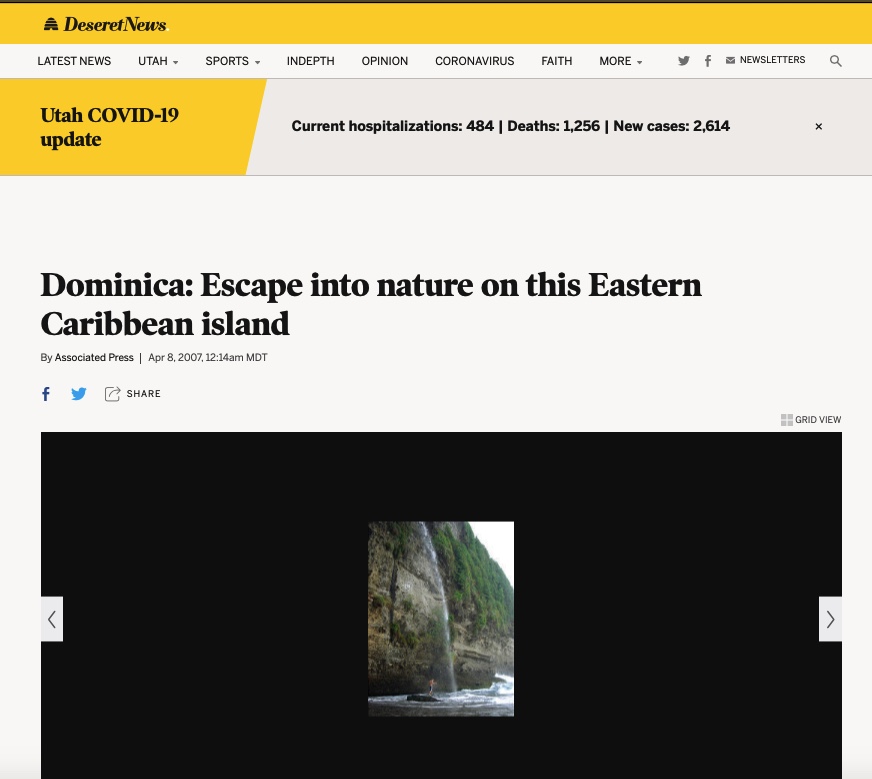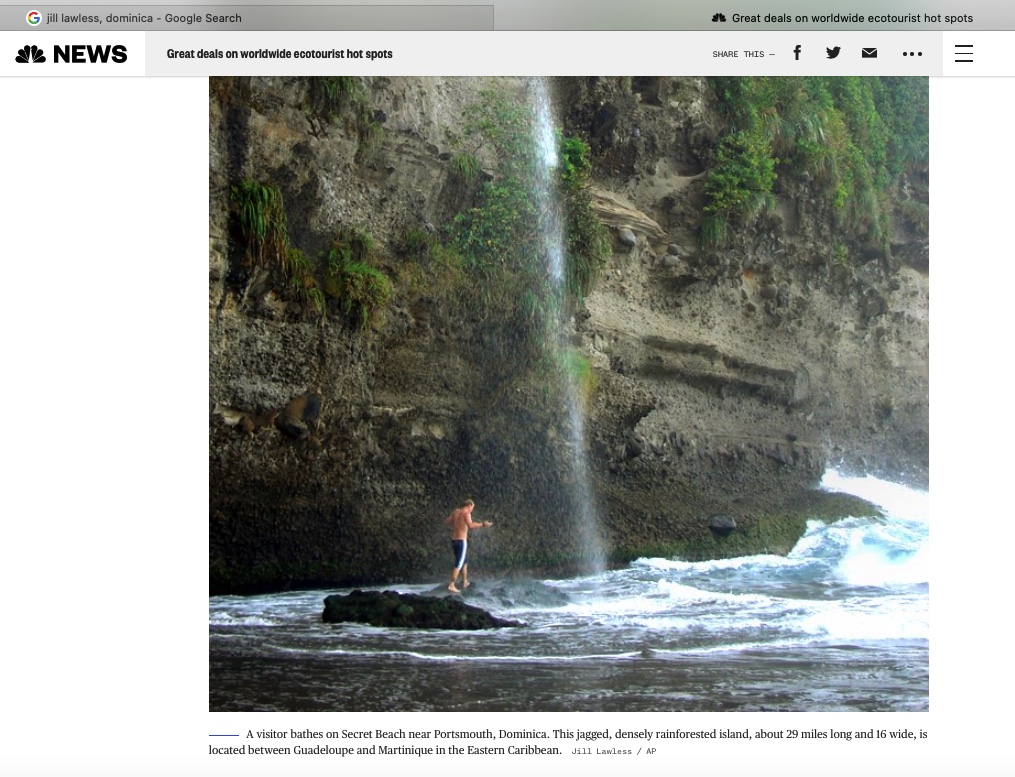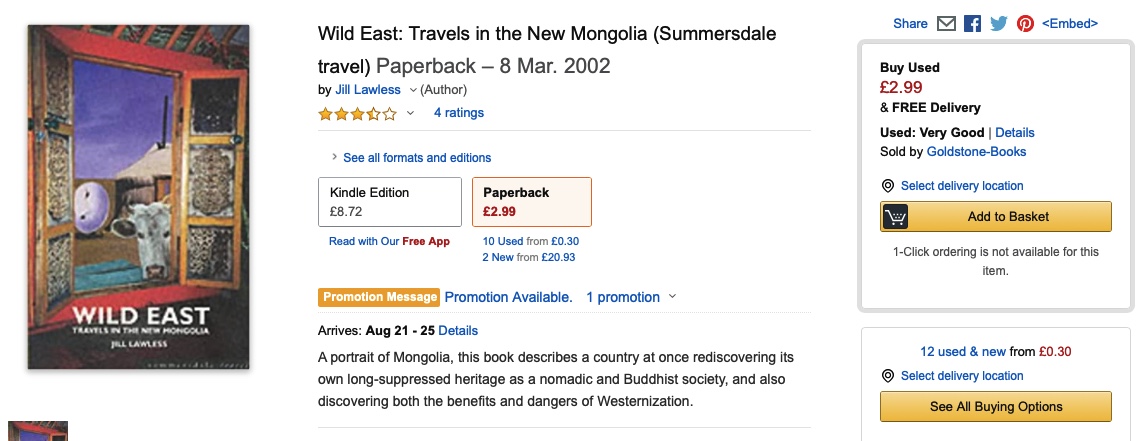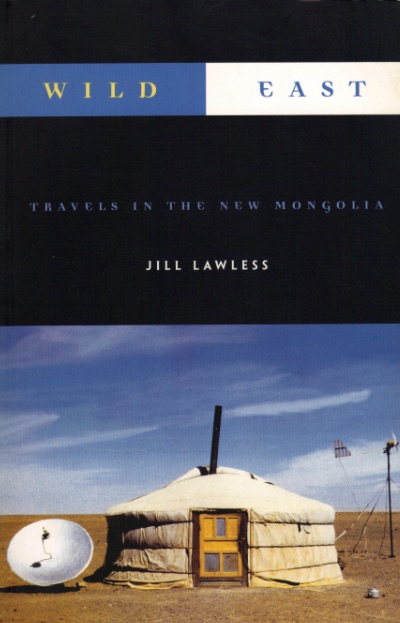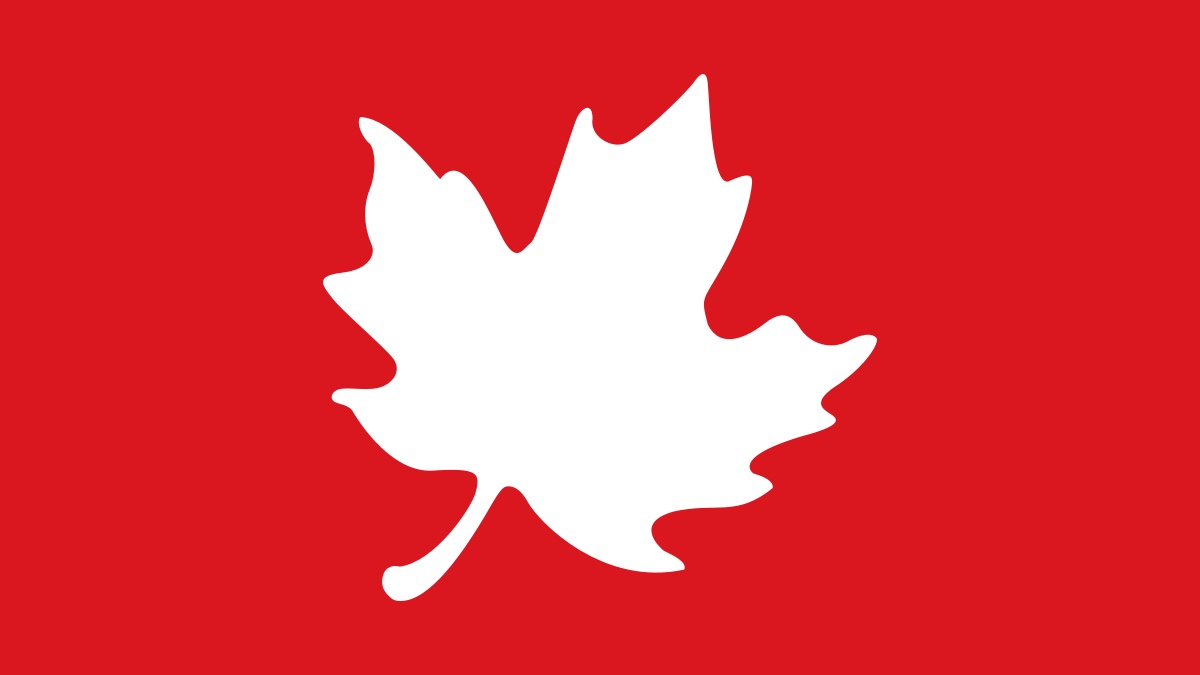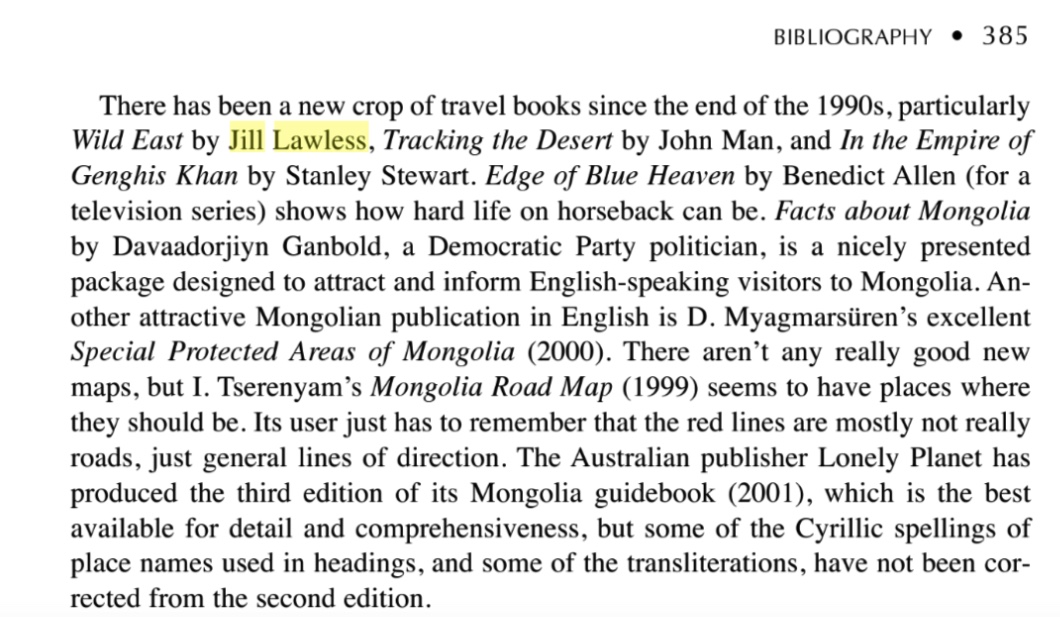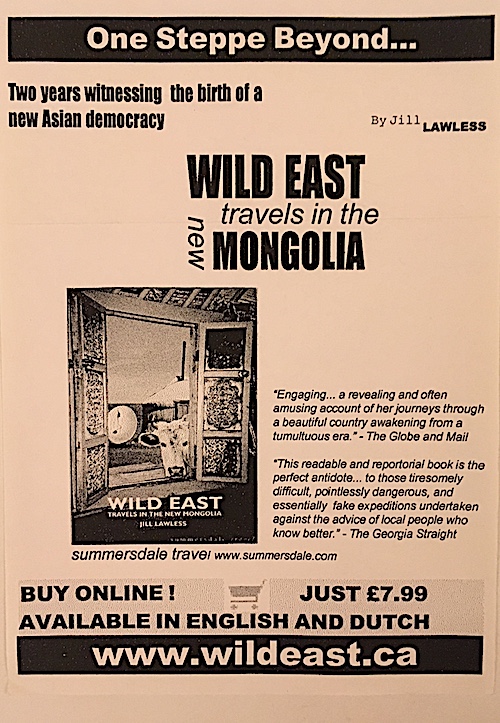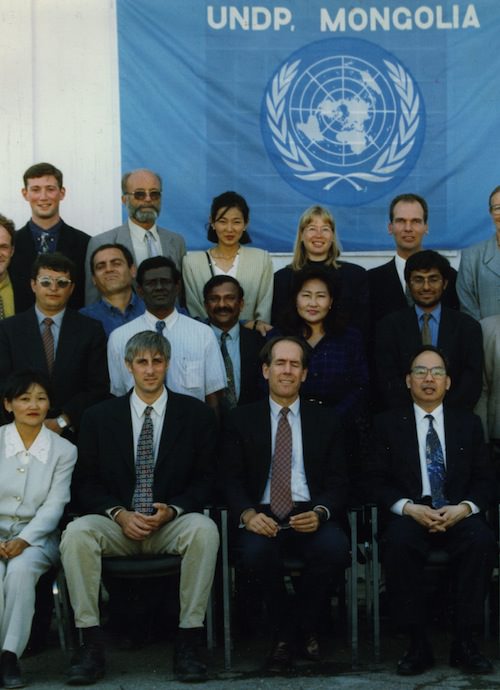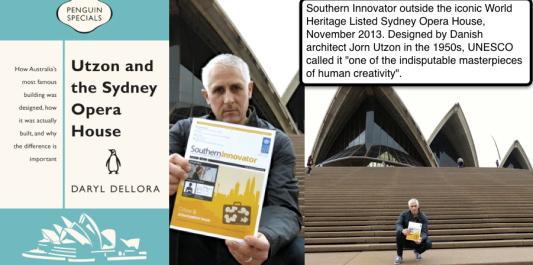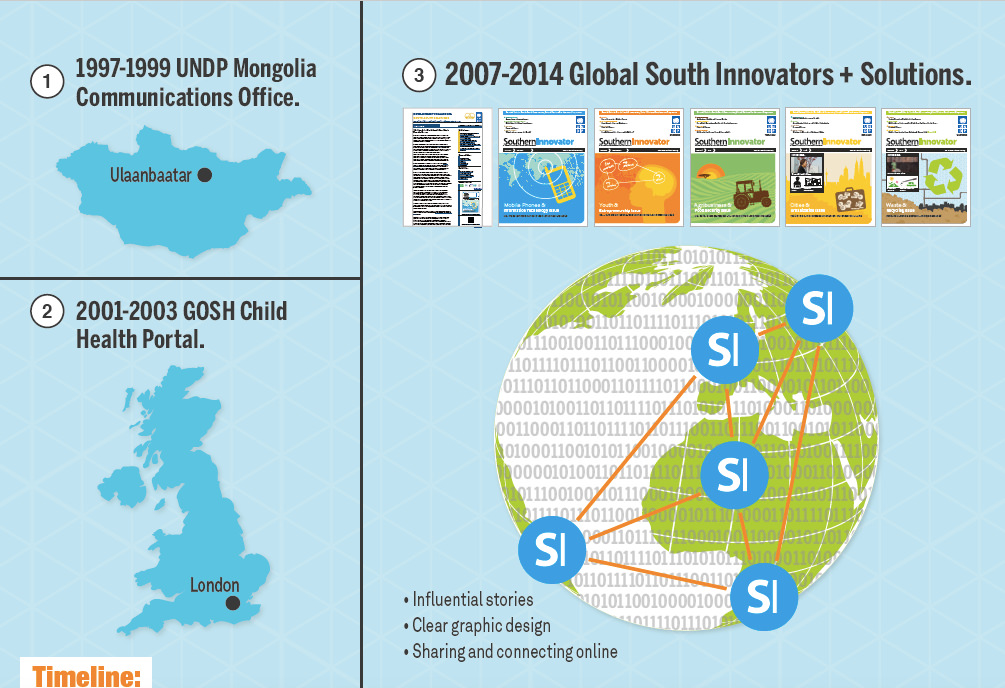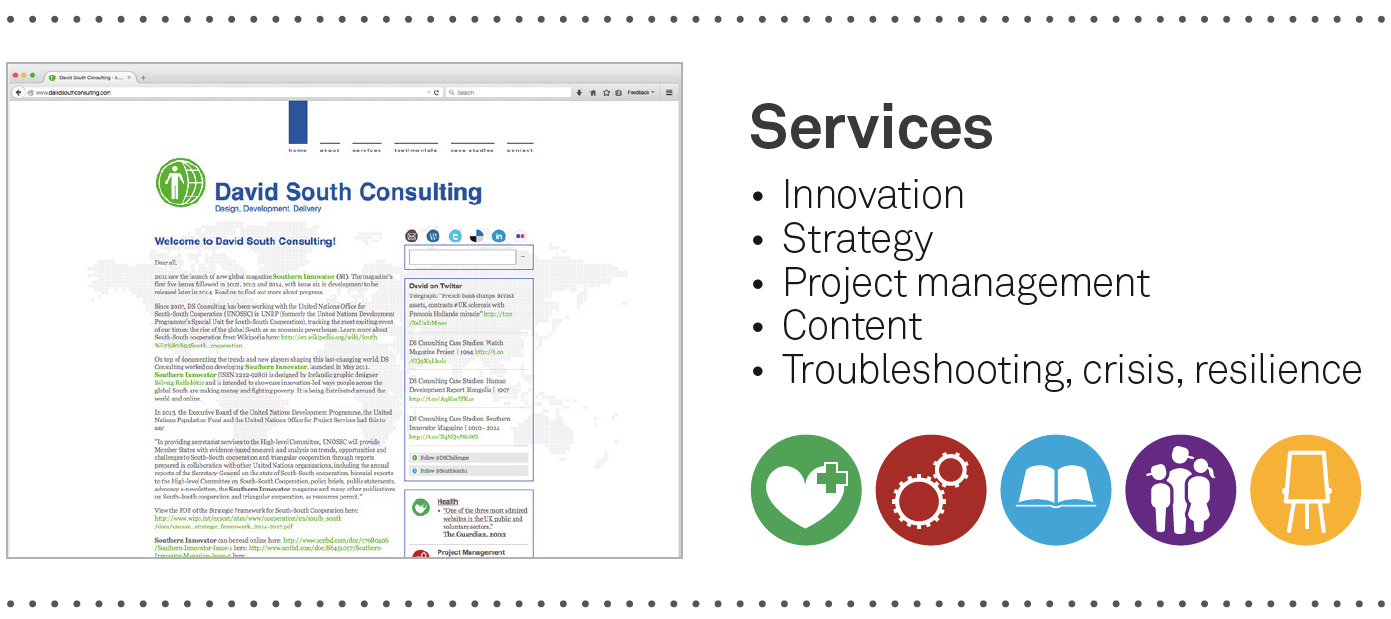Information Accelerates Crisis Recovery and Development | 1997
 Thursday, October 26, 2017 at 12:34PM
Thursday, October 26, 2017 at 12:34PM 
The United Nations Information Shop (UN Info Shop) was established by UNDP Mongolia in 1997 and was managed by the UNDP Mongolia Communications Office. Context is everything. At this time, Mongolia was still recovering from the chaotic and turbulent transition from Communism to free markets and democracy begun at the start of the 1990s, called by some "one of the biggest peacetime economic collapses ever" (Mongolia's Economic Reforms: Background, Content and Prospects, Richard Pomfret, University of Adelaide, 1994). There was a thirst for information: access to the Internet was still limited and access to mobile phones was just the preserve of the rich. As a legacy of the past, information, especially that about the outside world and the country’s true economic and social conditions, was restricted. During the years of Communism, even simple travel from one place to the next was strictly regulated.
While today we can take it for granted that the Internet, and mobile and smart phones, deliver the world’s information in seconds, this just was not the case in the late 1990s in Mongolia.
The UN Info Shop quickly became a crucial resource for students (many schools and universities were nearby) and it became a first stop for many wishing to access the Internet. It also substantially raised the profile of the UN in the country as the public could, for the first time, enter the UN building and discover what the UN was doing in the country. They could also visit the UNDP Mongolia Communications Office and meet its team.
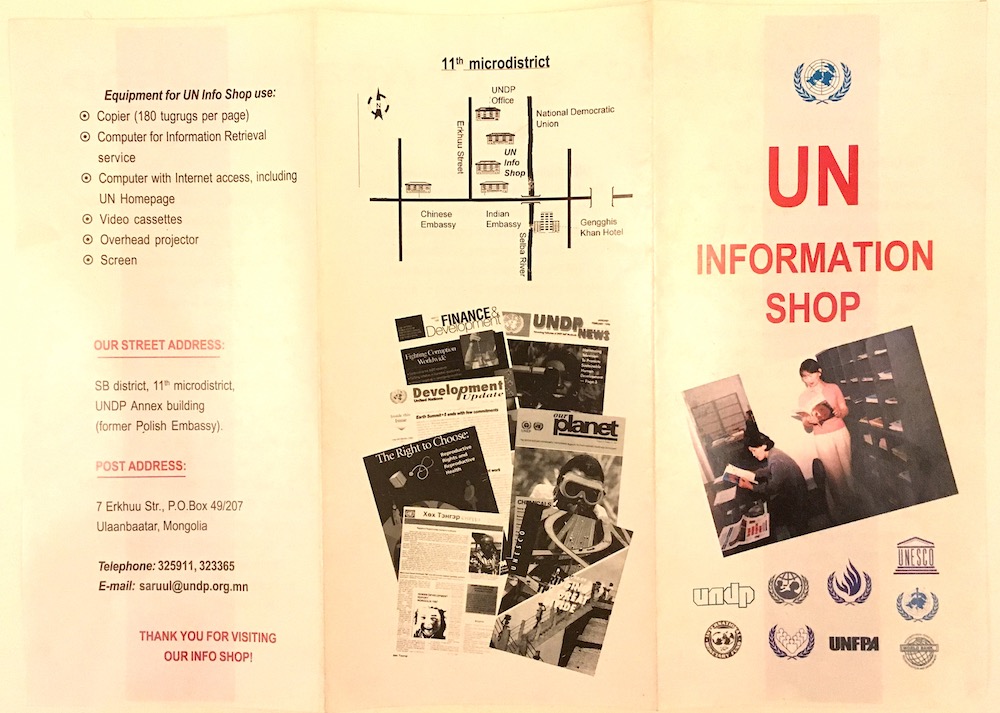 P. Dagmidmaa reads the Human Development Report Mongolia 1997 in the UN Info Shop.
P. Dagmidmaa reads the Human Development Report Mongolia 1997 in the UN Info Shop.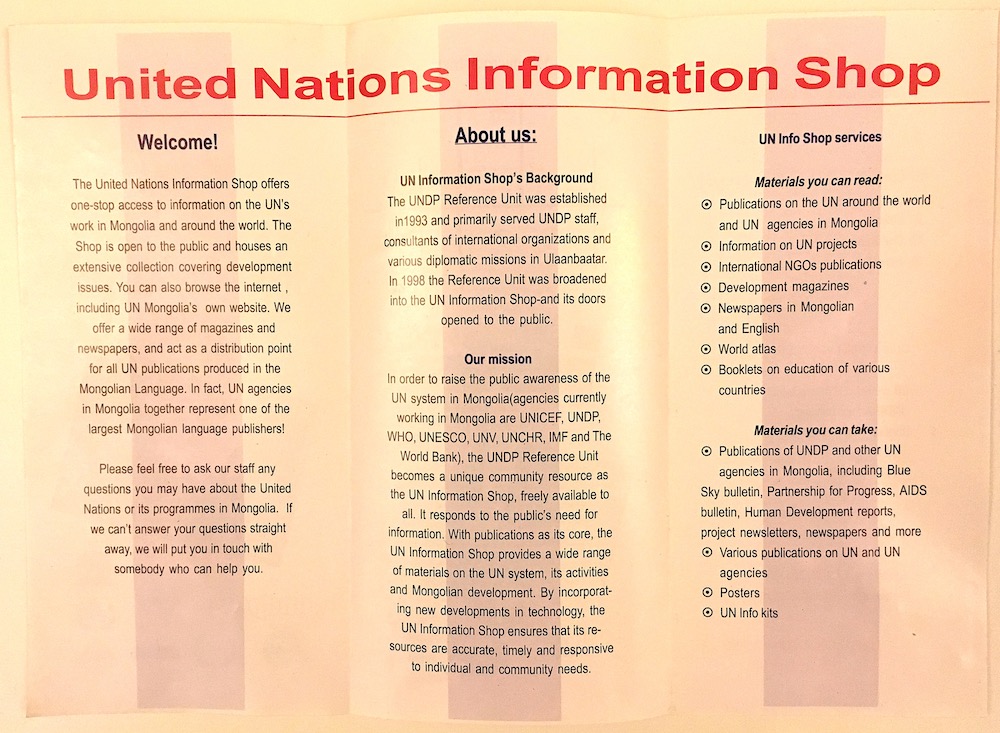
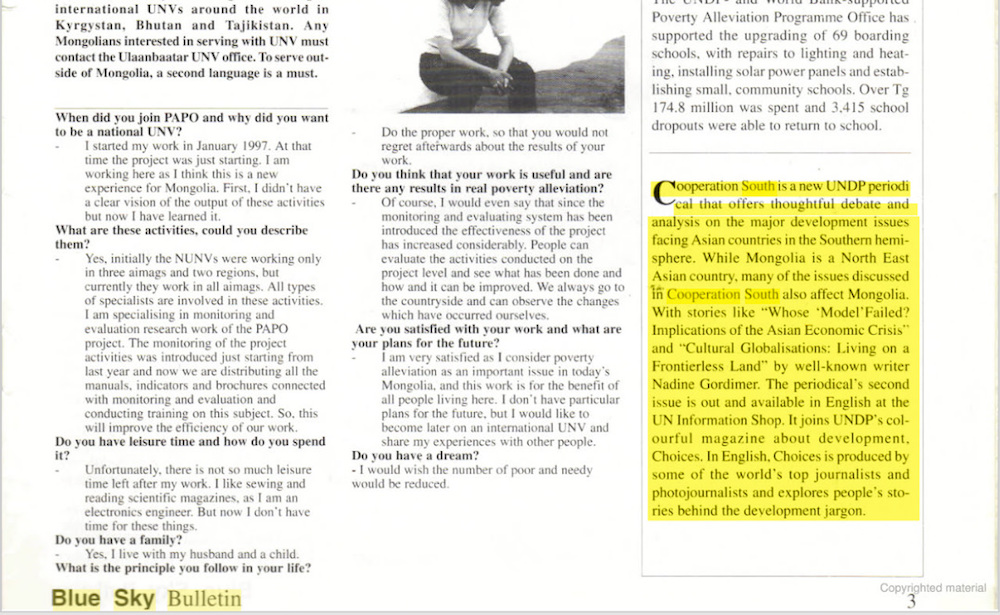 An announcement in the Blue Sky Bulletin about the launch of the new journal Cooperation South.
An announcement in the Blue Sky Bulletin about the launch of the new journal Cooperation South.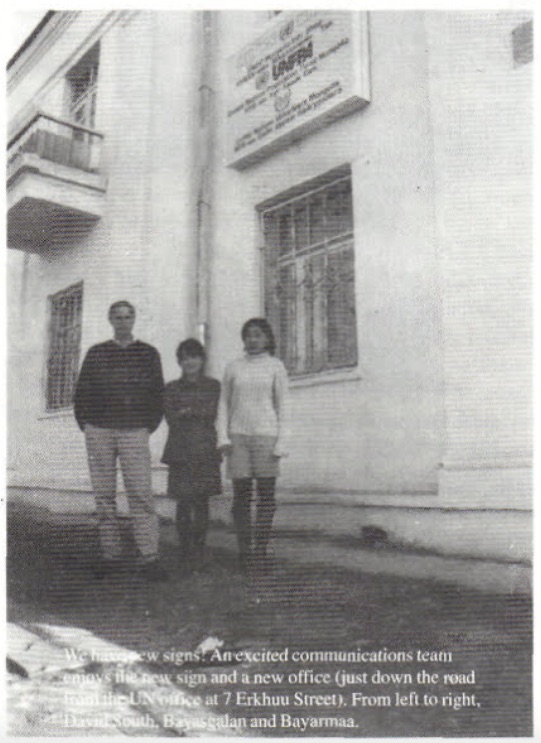 The UNDP Mongolia Communications Office Team 1998 outside the UN Info Shop in the capital, Ulaanbaatar: David South, Bayasgalan and Bayarmaa.Many initiatives grew from the talented and dynamic UNDP Mongolia Communications Office team. Here are links to some of them:
The UNDP Mongolia Communications Office Team 1998 outside the UN Info Shop in the capital, Ulaanbaatar: David South, Bayasgalan and Bayarmaa.Many initiatives grew from the talented and dynamic UNDP Mongolia Communications Office team. Here are links to some of them: Ger: Mongolia's First Web Magazine
© David South Consulting 2017
 1998,
1998,  Communism,
Communism,  Mongolia,
Mongolia,  Ulaanbaatar,
Ulaanbaatar,  United Nations Information Shop,
United Nations Information Shop,  austerity,
austerity,  capitalism,
capitalism,  crisis,
crisis,  democracy,
democracy,  free markets,
free markets,  shock therapy,
shock therapy,  transition in
transition in  Agenda 21,
Agenda 21,  Asian Financial Crisis,
Asian Financial Crisis,  Corruption,
Corruption,  David South Consulting,
David South Consulting,  Digital,
Digital,  Douglas Gardner,
Douglas Gardner,  Geopolitics,
Geopolitics,  Health and Human Development,
Health and Human Development,  ICT4D,
ICT4D,  International Development,
International Development,  Knowledge Sharing,
Knowledge Sharing,  Media,
Media,  Millennium Development Goals,
Millennium Development Goals,  Nobel Peace Prize,
Nobel Peace Prize,  Shock Therapy,
Shock Therapy,  UNDP Mongolia,
UNDP Mongolia,  Youth
Youth 
